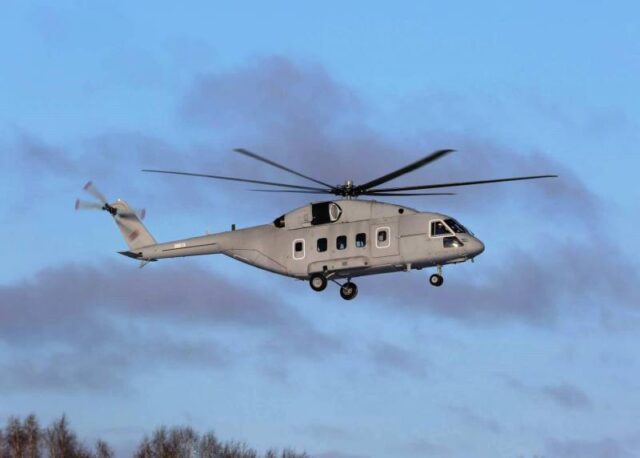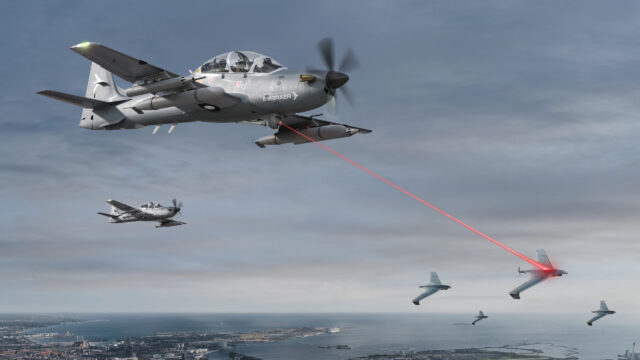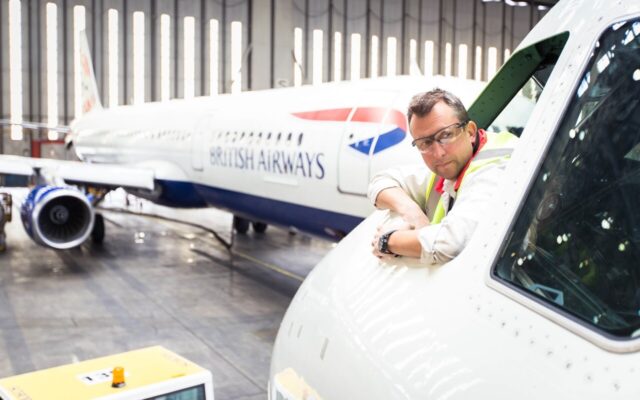Transport Canada certifies its first electric aircraft: The Pipistrel Velis Electro

November 12, 2025
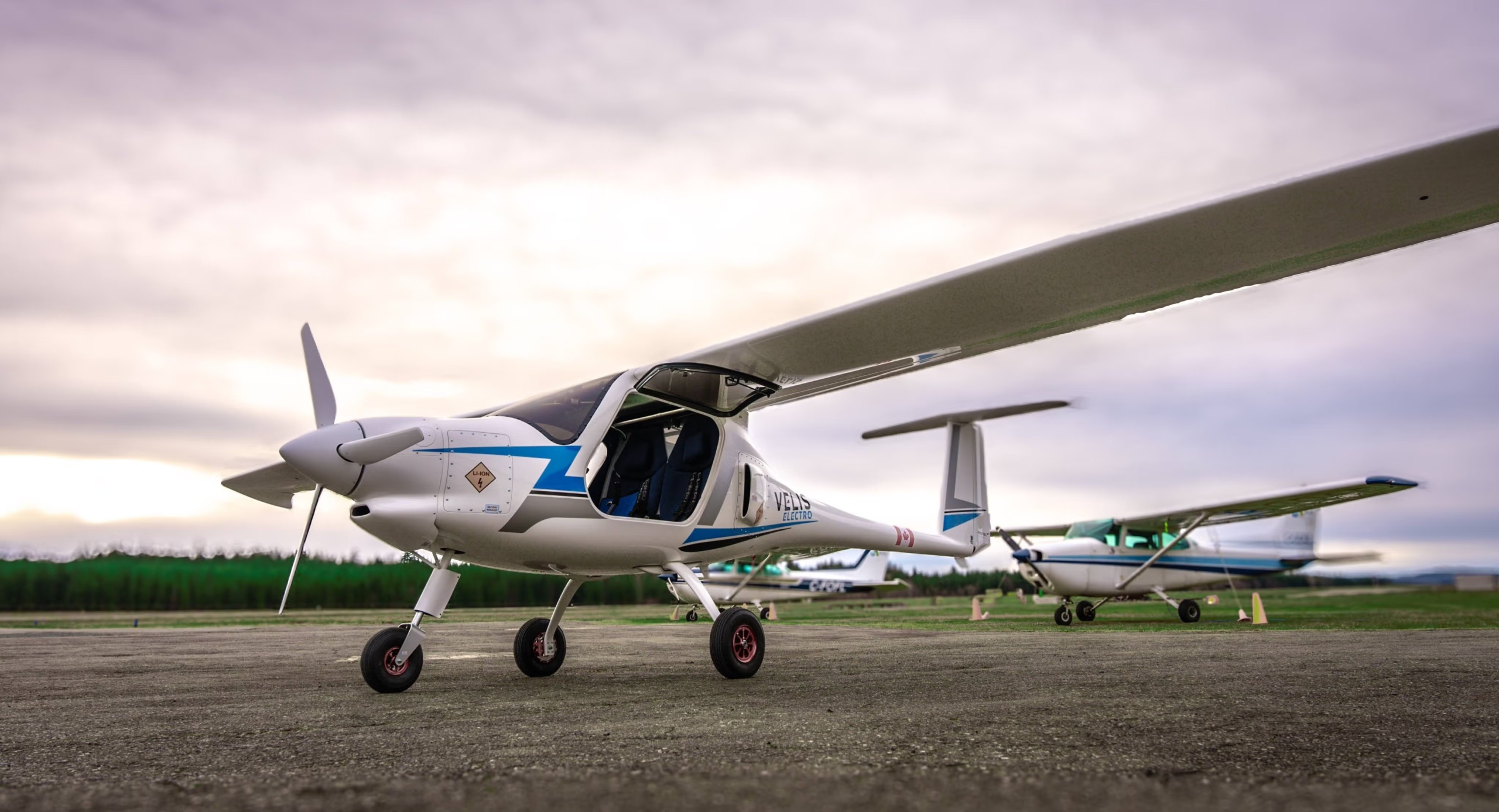
Transport Canada has certified its first electric aircraft, putting its stamp of approval on the Pipistrel Velis Electro. The aircraft has been under test in the country since 2022.
The certification comes a full five years since European regulator EASA issued its own type certificate for the Velis Electro in 2020, and three years since the UK CAA approved the type in 2022.
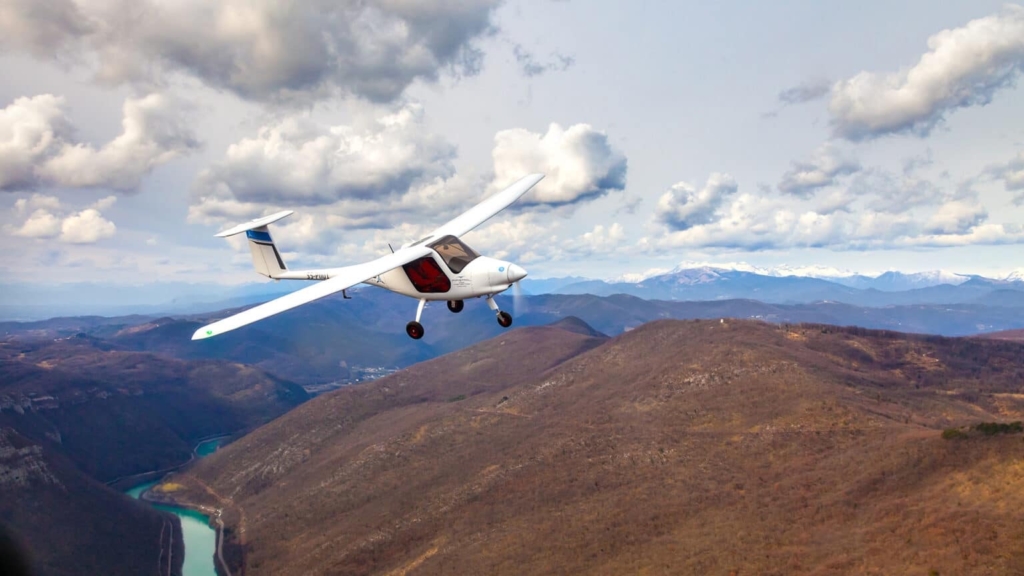
Pipistrel’s electric trainer isn’t exactly certified in the USA; rather, it has been granted FAA exemption under Light Sport Aircraft rules, meaning it can be flown in limited circumstances. Nevertheless, a handful of operators have taken delivery of the aircraft and are reaping the benefits.
Transport Canada’s cautious approach to testing and certifying the Velis Electro demonstrates a further decoupling among regulators, as the trend shifts from follow-the-leader to autonomous decision-making.
Pipistrel is celebrating three times over, as it not only received approval for its electric trainer, but simultaneously for the Pipistrel Explorer and Velis Club, both appealing aircraft for the non-electric training and GA markets.
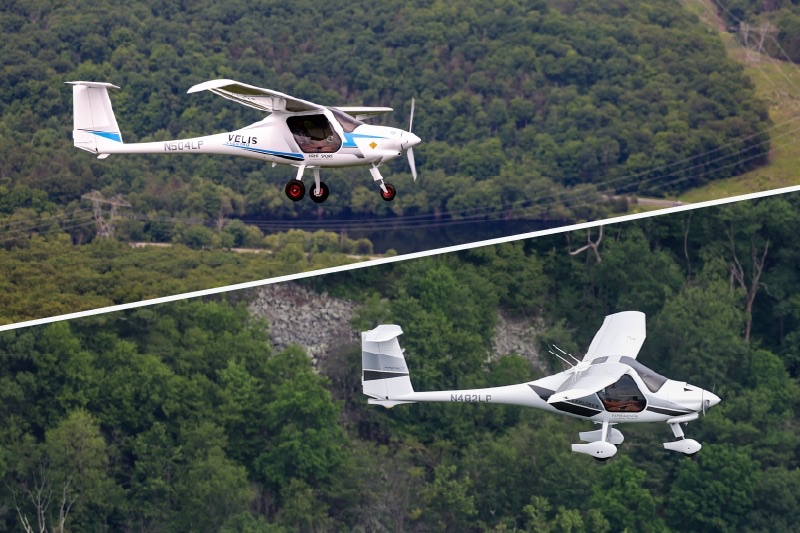
The Pipistrel Velis Electro is already familiar in Canada
Although type certification marks a major milestone, Canada’s flight-training sector is already well acquainted with the Velis Electro. The first example arrived in October 2022, delivered to the Waterloo Institute for Sustainable Aeronautics (WISA) at the University of Waterloo.
By June 2023, WISA and its partner, the Waterloo Wellington Flight Centre (WWFC), had begun flight testing the aircraft, putting it through more than 400 sorties to support Transport Canada’s evaluation programme. The trials generated valuable data on battery performance, cold-weather operations and energy management in typical training scenarios.
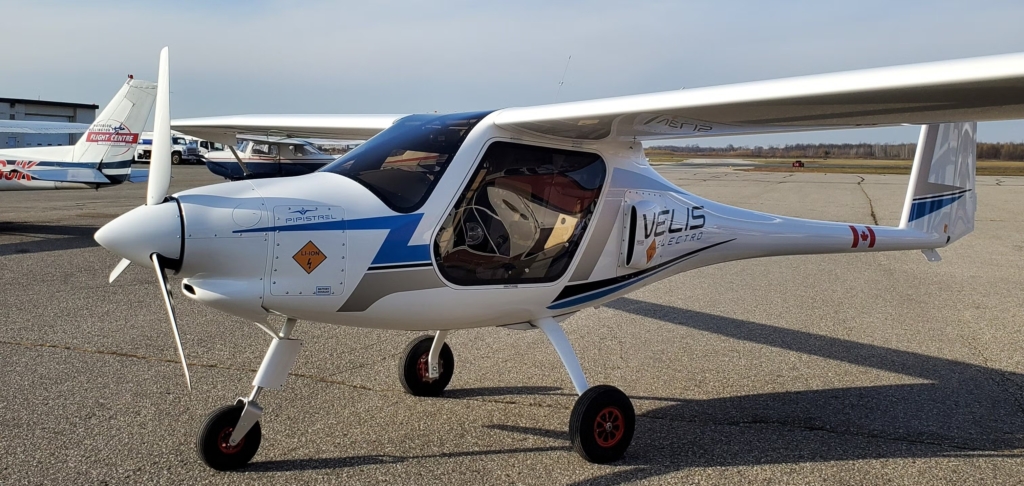
The findings informed Transport Canada’s updates to the final Canadian Aviation Regulations and Standards (CARS), tweaking wording around minimum battery levels and training programme requirements to accommodate Canada-specific issues, such as cold weather performance.
Real pilots training on electric aircraft
While the Waterloo initiative has served as a research-and-evaluation deployment, at Sealand Flight on Vancouver Island, British Columbia, full-student training in the Velis Electro is taking place. In January 2025, the first student, 18-year-old Catherine Check, graduated to solo flight in the Velis Electro
“Ultimately, our short-term goal is to be able to offer a full Private Pilot License on the Velis Electro,” Sealand Flight states. “In the long term, we strive to inspire change in the regulatory framework of aviation to permit the use of sustainable aircraft in other commercial operations.”
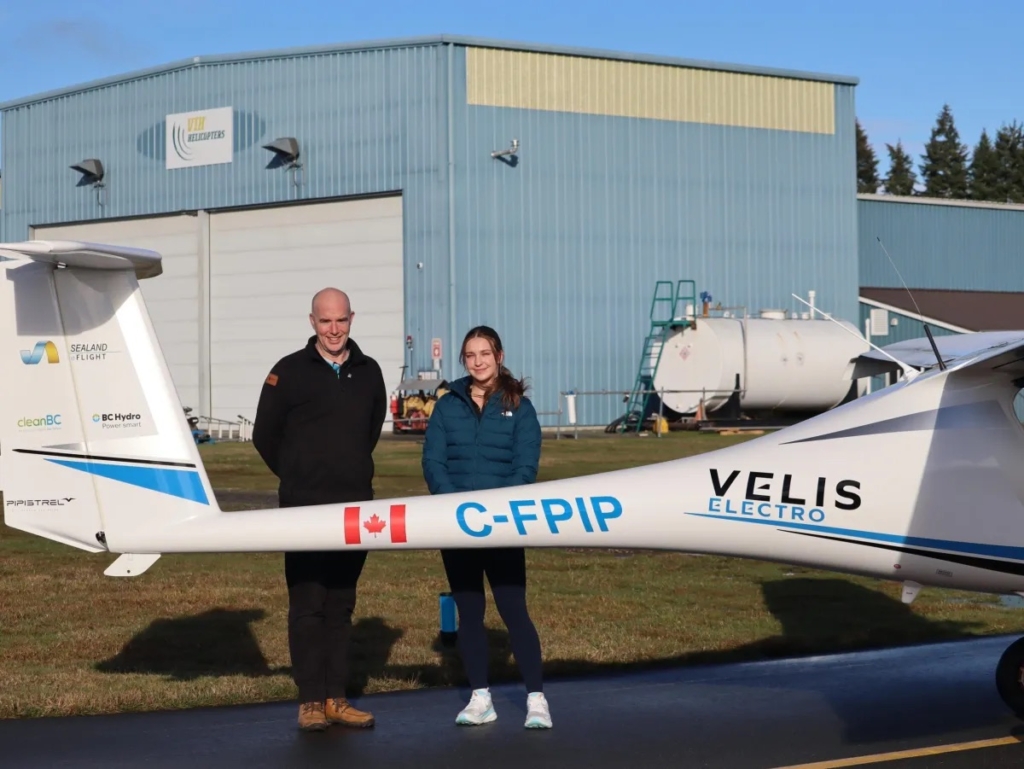
The efforts of Sealand, WISA and many other partners have now paved the way for wider adoption of electric training aircraft at flight schools across the nation. Importantly, it also opens the door for more electric aircraft developers to work with Transport Canada towards certification.
What will Transport Canada’s next electric aircraft be?
Behind the headlines, the type certification of this first electric aircraft by Transport Canada is a big step forward. It’s the culmination of years of data collection, monitoring, investigation and policymaking, for a platform where there is no precedent.
Despite EASA’s certification in 2020, Transport Canada chose to move slowly and deliberately, leaving no stone unturned as it set about creating the rules that all future electric aircraft will live or die by.
There’s undoubtedly a long queue of other OEMs and developers who’d like to be next in the type certification line. The eBeaver, for example, has seen a converted DHC-2 flying for Harbour Air with a MagniX electric engine since 2019.
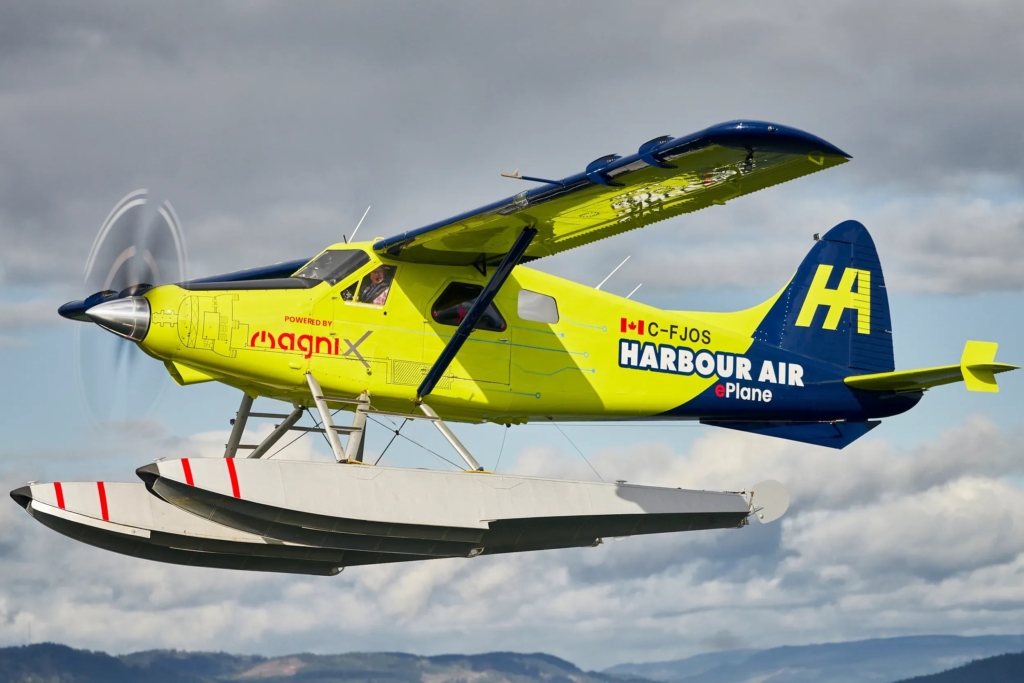
Elsewhere, Diamond Aircraft will be eyeing MFC Training (Moncton) and its large fleet of Diamond DA20s for its eDA40 electric aircraft, which it claims will be the first Part 23 e-trainer to be FAA certified.
Beyond that, a stream of pioneering electric aircraft makers, eVTOL developers and other innovators will no doubt be knocking on Transport Canada’s door now that there’s a process in place.
